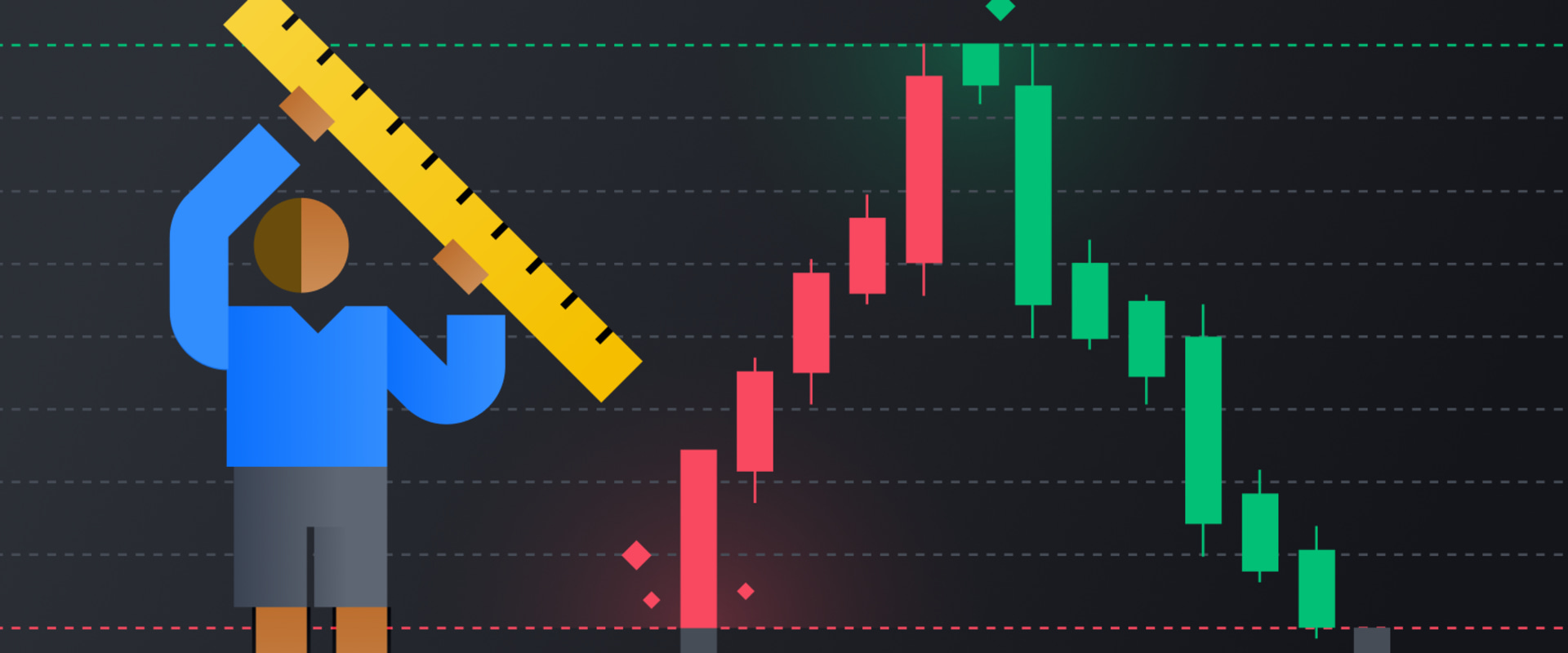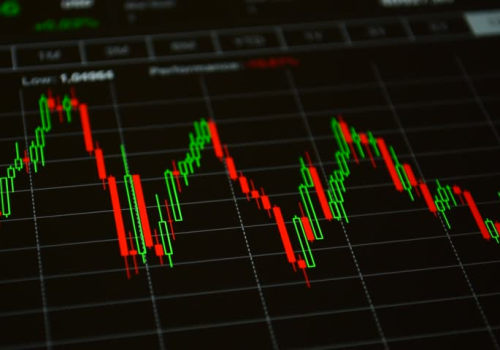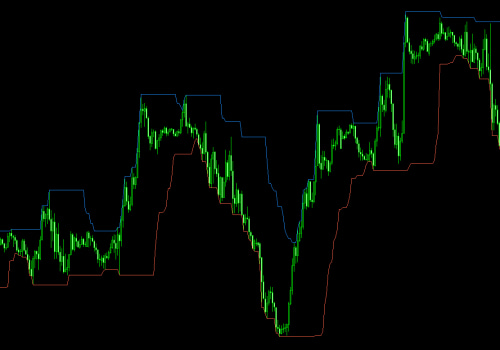When it comes to trading in the Forex markets, understanding the different order types available is essential. As a trader, you need to be able to make informed decisions about the type of order that best suits your trading strategy. In this article, we will explore the various order types available in the Forex markets and how they can be used to your advantage. Order types in Forex markets can be divided into two main categories: market orders and pending orders. Market orders are executed immediately at the current price, whereas pending orders are placed at a predetermined price level and are only executed when the market reaches that level.
Each type of order has its own advantages and disadvantages, so it is important to understand the differences between them. Foreign exchange (Forex) trading is a highly dynamic and potentially lucrative activity. Part of the appeal of Forex is the variety of order types available, which can help traders manage risk and optimize their trades. In this article, we’ll explore the different order types available in Forex markets and how to use them to your advantage. Forex order types include market orders, limit orders, stop orders, stop-limit orders, trailing stop orders, and OCO (one cancels the other) orders. Each order type serves a unique purpose, and understanding them is essential for successful Forex trading. A market order is an order to buy or sell a currency at the best available price.
Market orders are used when a trader wants to execute a trade as quickly as possible at the current market price. A limit order is an order to buy or sell a currency at a specified price. Limit orders can be used to take profits or limit losses in the event that a currency moves in an unexpected direction. A stop order is an order to buy or sell a currency when it reaches a certain price. Stop orders are commonly used as part of a risk-management strategy to limit losses if the market moves against a trader’s position. A stop-limit order is an order to buy or sell a currency when it reaches a certain price, but only at a specified price or better. Stop-limit orders are similar to stop orders but allow traders to set a limit on the price at which their trade will be executed. A trailing stop order is an order to buy or sell a currency when it moves in an unfavorable direction by a certain amount.
Trailing stop orders are used to protect profits while allowing trades to remain open if the market moves in the desired direction. An OCO (one cancels the other) order is an order that consists of two separate orders (a stop order and a limit order). If one of the orders is executed, the other order is automatically canceled. OCO orders are used when traders want to enter or exit a position but don’t know which direction the market will move.
Key Takeaways
Forex order types include market orders, limit orders, stop orders, stop-limit orders, trailing stop orders, and OCO (one cancels the other) orders. Market orders are used when a trader wants to execute a trade as quickly as possible at the current market price.Limit orders can be used to take profits or limit losses in the event that a currency moves in an unexpected direction. Stop orders are commonly used as part of a risk-management strategy to limit losses if the market moves against a trader’s position. Stop-limit orders are similar to stop orders but allow traders to set a limit on the price at which their trade will be executed. Trailing stop orders are used to protect profits while allowing trades to remain open if the market moves in the desired direction.
OCO (one cancels the other) orders are used when traders want to enter or exit a position but don’t know which direction the market will move. Order types are an essential element of Forex trading, and having a good understanding of them is essential for any successful trader. By familiarizing yourself with the different order types available and learning how to use them to manage risk and optimize your trades, you’ll be well-prepared to succeed in Forex markets. Knowing how to use the right order type for the right situation can help traders maximize their profits and minimize their risk. At the same time, it is important to remember that no single order type is suitable for all situations. It is important to assess each trade carefully and select the order type that best suits your needs and goals.
With the right approach and a solid understanding of order types, you can increase your chances of success in Forex markets.












Leave Reply